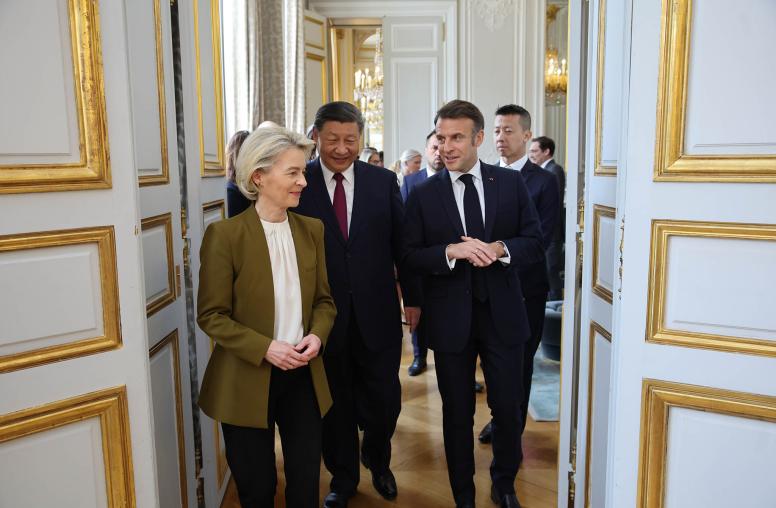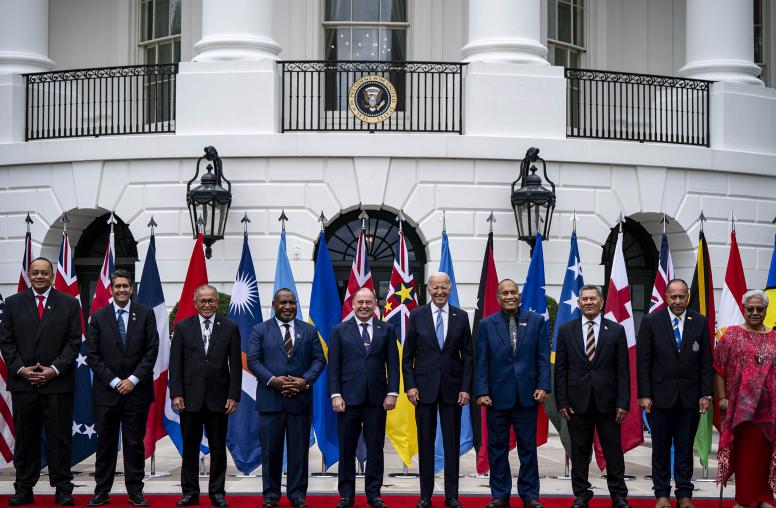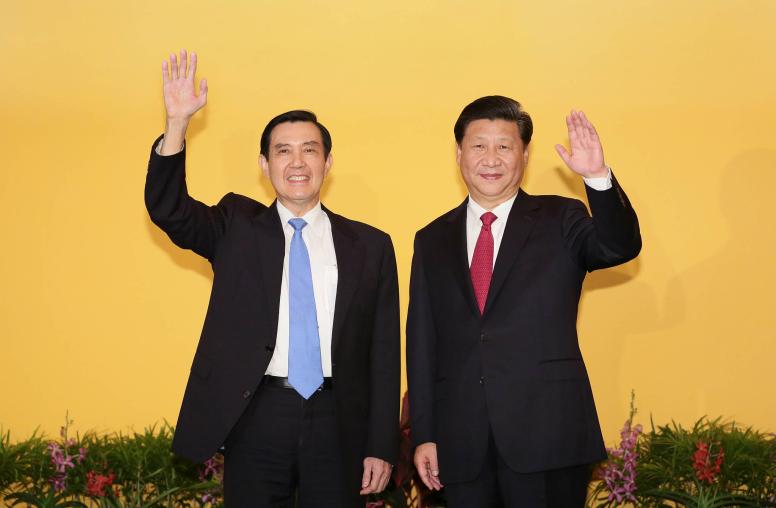A stable Afghanistan is critical for security in much of Asia and internationally, yet continued violence in the country has prevented key states from building the economic opportunities, and the transport links and energy trade with the region, that Afghanistan desperately needs. The United States, China, India and Pakistan all have proposed investment projects that could help Afghanistan, but these efforts continue to come up short. As the Trump administration weighs an increase in the U.S. military effort in the country, any such decision must be part of a comprehensive approach that also boosts Afghanistan’s economic growth, notably by connecting it to neighbors and promoting trade and investment in the region.

The most high-profile opportunity to promote investment in Afghanistan is China’s ambitious Belt and Road Initiative. At an international forum on that project last month, China announced several agreements with Afghanistan on cooperation in trade and information technology. China has promised roughly $50 billion of investment in Pakistan as part of its China-Pakistan Economic Corridor, but has been hesitant to commit to projects in Afghanistan or explain how Afghanistan might link to and benefit from the corridor.
India also has pledged support for Afghanistan’s economic connectivity and development. New Delhi boycotted the Belt and Road forum in Beijing and has raised significant concerns about the China-Pakistan corridor, but India is developing its own connectivity projects in South Asia that will benefit Afghanistan. Last year, India, Afghanistan and Iran signed an agreement to develop Iran’s port of Chabahar to improve landlocked Afghanistan’s access to sea routes. Further, India and Afghanistan are this summer inaugurating an air cargo service that will help Afghanistan connect to markets, avoiding its often difficult export of goods through Pakistan.
The United States also has sought a role. In 2011, the State Department introduced its New Silk Road plan to help Afghanistan integrate with its neighbors through increased trade, infrastructure investment and public-private partnerships. That project has been hampered by Afghanistan’s continued instability and violence—a problem that the Trump administration is aiming to reduce in the near term as it considers U.S. troop levels.
As the United States and Afghanistan seek better short-term security, the U.S. New Silk Road plan still can be pursued alongside China’s Belt and Road Initiative. Future funding levels are uncertain, but if it receives the financial backing it needs, the New Silk Road can support Afghanistan’s access to energy markets, improve infrastructure and institutions to boost trade and transport, streamline customs and border operations, and increase people-to-people ties between Afghanistan and its neighbors.
Security concerns have slowed progress, and mutual suspicion and mistrust have prevented the key partners from cooperating directly. But these proposals can all succeed without being formally linked. The United States and India have not formally joined China’s Belt and Road Initiative, but they can use their own investments to complement it. Further, reviving the New Silk Road will allow Washington to promote peace and stability in ways that demonstrate American leadership and best support American interests and values.
This is not a zero-sum game. India, China, Pakistan and the United States should look for opportunities to align their projects to ensure that they will improve connectivity in Afghanistan as part of a comprehensive plan. If implemented correctly, these efforts could effectively promote transparent investment, economic growth, good governance, and greater stability and security in Afghanistan.



